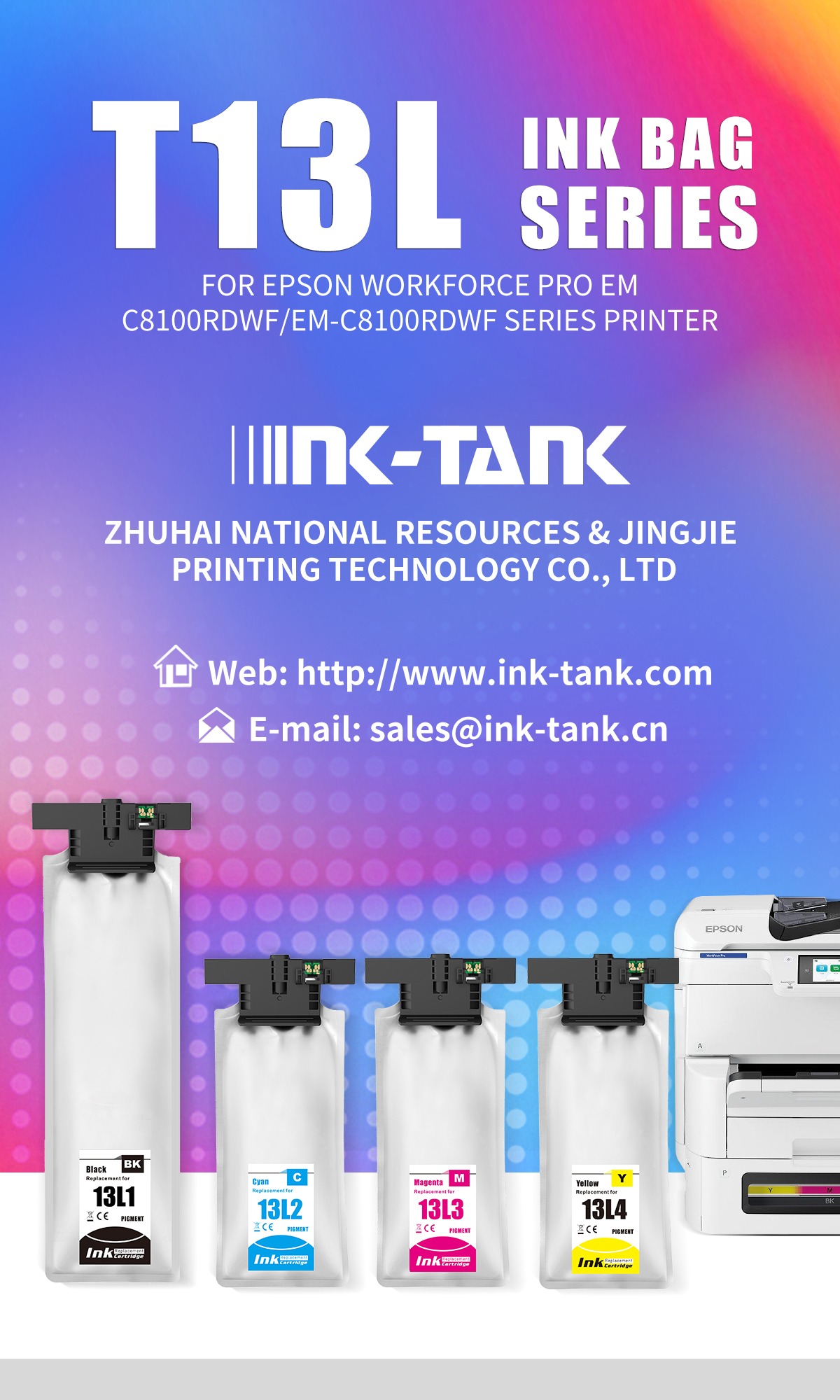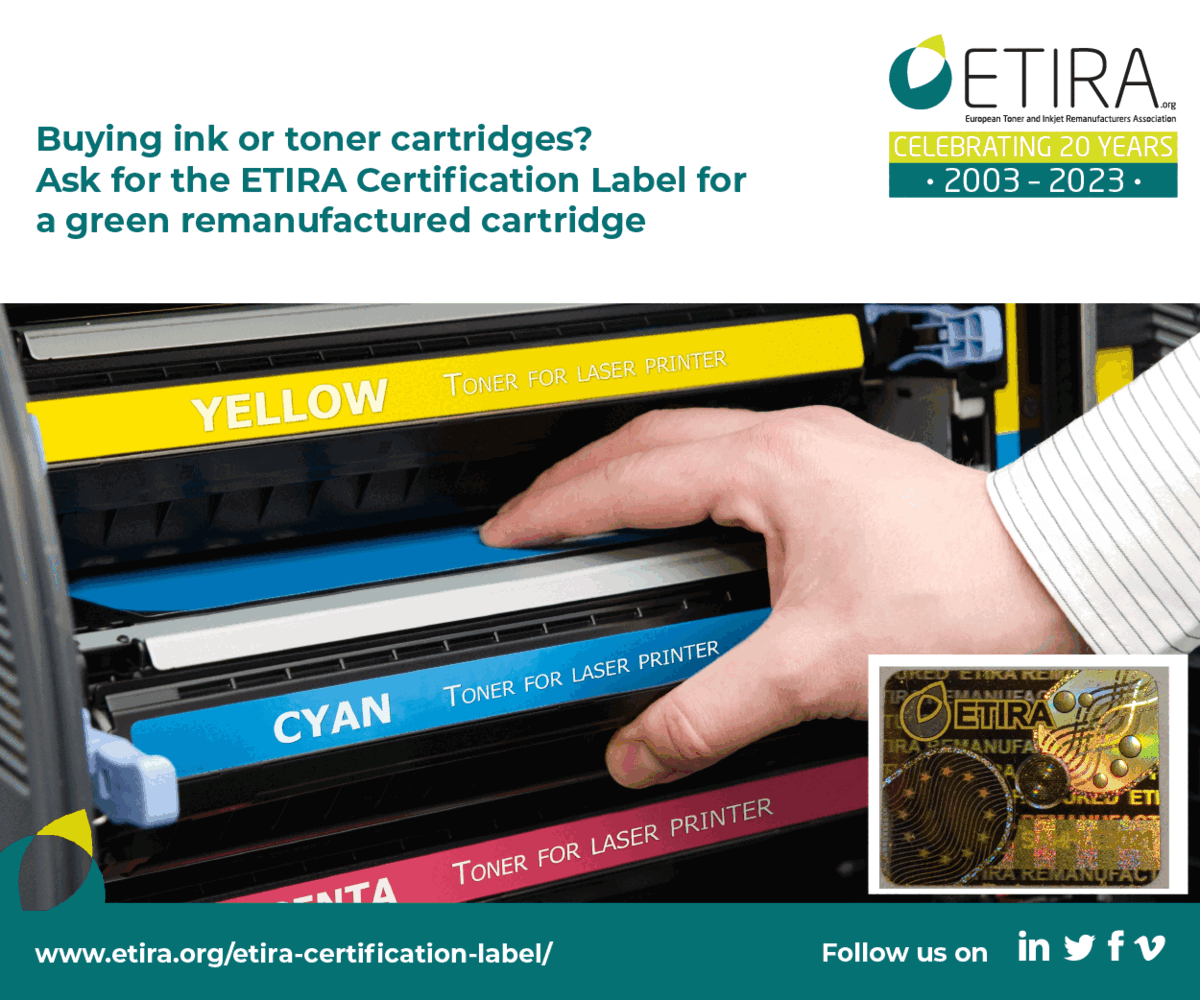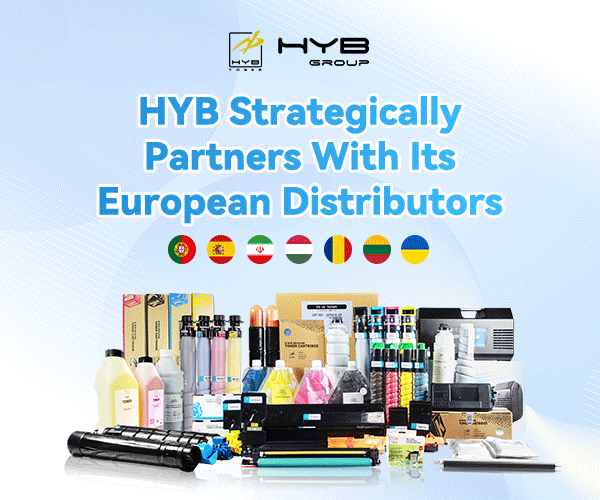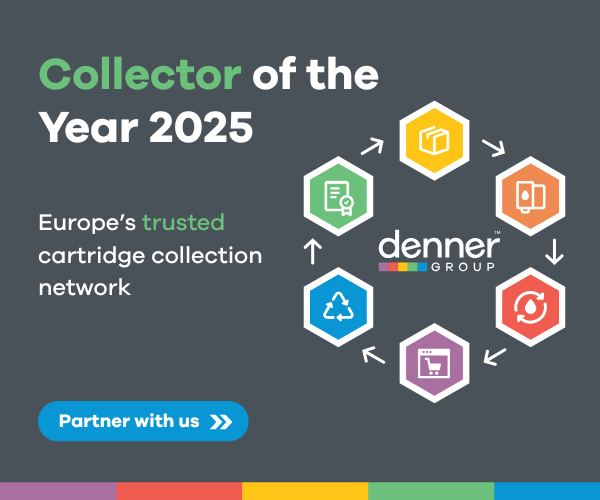A legal battle between Canon and Katun over toner bottle designs is heading to a full hearing at the Unified Patent Court in Düsseldorf. The case reflects deeper tensions in the imaging sector, where a new generation of reuse-focused competitors is challenging traditional OEM control.
First filed in 2024, the Canon v. Katun case has taken a significant procedural step forward. The Unified Patent Court (UPC) in Düsseldorf has agreed to hear Canon’s complaint and Katun’s defence simultaneously. The decision clears the way for one of the most closely watched patent disputes in the imaging sector, pitting traditional OEM strategies against an aftermarket challenger now operating as an OEM in its own right.
Canon claims that toner bottles sold by Katun and its parent company, General Plastic Industrial Co., Ltd. (GPI), infringe European Patent EP 3 686 683 B1. The court issued its order on 12 June and confirmed that the alleged infringement and Katun’s challenge to the patent will be heard together, a move requested by both parties.
Canon is asking for an injunction and damages covering 17 UPC member states. Katun strongly rejects the claims. In a statement issued last July, the company said: “Katun is confident the products it is selling and distributing for use in Canon applications are non-infringing and will work diligently to reach a resolution on the issue with Canon.”
A history of pressure
This is not Canon’s first legal action targeting GPI and Katun. In August 2022, Canon filed suit in the United States, accusing the same parties of infringing U.S. Patent No. 11,392,056 — a toner bottle design for Canon imageRUNNER devices. That patent had been granted just weeks earlier, suggesting a direct response to aftermarket product launches.
While the patent numbers differ, the pattern is the same: Canon uses newly issued design patents to block reuse-sector competition and retain control over consumables.
Familiar court, familiar results
For good reason, Canon selected Düsseldorf, one of the busiest divisions of the UPC. The court is fast-moving and known to favour patent holders. “Injunctions have been granted in nearly every final judgment where infringement was found,” said David Connett, partner at Connett & Unland GbR and a long-time industry observer. “Düsseldorf is fast, familiar, and friendly to rights holders. Canon knows the terrain well.”
The court’s structure allows for combined hearings on infringement and patent validity, a process now confirmed for this case.
Katun’s new position
Katun is no longer just a supplier of compatible parts and consumables. The company now offers its own printers and MFPs, putting it in direct competition with Canon not just on parts, but on devices and contracts.
“This isn’t just a classic aftermarket versus OEM dispute anymore,” Connett said. “Katun is now competing with Canon on multiple fronts. That raises the stakes considerably.”
For the reuse sector, Katun’s evolution into a reuse-conscious OEM makes this battle more than a technical dispute — it’s about who gets to participate in the market and under what rules.
A shrinking shield
Canon built much of its IP enforcement around a large portfolio of toner cartridge and printer design patents. However, many of those were filed in the early 2000s and are now expiring or have already expired.
As these older protections lapse, the underlying designs enter the public domain, allowing others to base their products on previously protected technologies.
This has encouraged wider competition in the laser cartridge market, though OEMs rarely test these products in court. Instead, many rely on takedown notices, particularly through Amazon and similar platforms, where listings can be removed without proving infringement. The cost to challenge these takedowns is prohibitively high, and there is often little recourse through the courts.
These products may avoid active patents, but they are not always designed for reuse. Defensive design protects against legal risk, but often misses the opportunity for circularity — a shortfall of the system, not the sector.
That may explain why Canon now relies on newer patents like EP 3 686 683 B1, filed in 2018 and valid until 2038, to reassert control where older protections are fading.
A pattern of extension
EP 3 686 683 B1 is not an isolated filing. It builds on earlier Canon applications, most notably EP 2 913 719 A1, filed in January 2014. This suggests a measured strategy: Canon develops broad protection early and files additional patents later to cover specific improvements or possibly market developments.
The 2022 US lawsuit followed a similar path. Canon enforced a patent issued just five weeks before the complaint — a clear example of using newly granted IP to counter aftermarket moves in real time.
“Canon’s IP strategy is designed to evolve with the market, not just to protect innovation, but to control who can take part,” Connett said.
Blocking from both sides
Canon’s patent activity goes even further. In recent years, it has filed patents that cover methods of remanufacturing cartridges — despite not remanufacturing them itself.
This frustrates many in the reuse sector. By claiming ownership over the product and the process of restoring it, Canon is able to block legitimate reuse without offering an alternative. The effect is to restrict circularity and protect a linear business model built on selling new cartridges and destroying returns.
A failed reach into remanufacturing
Canon has also filed patents covering refilling or remanufacturing cartridges, even though it does not carry out these processes. In 2014, Canon obtained such a patent, but in June 2021, the European Patent Office revoked it after an opposition led by ETIRA and other remanufacturers.
This overturn underscores what the reuse sector has long argued: Canon’s process patents were more about blocking third parties than advancing new technology. It represents both a legal and symbolic victory for remanufacturers, proving that community resistance and patent challenge can prevail.
Canon’s double standards?
Canon promotes its closed-loop recycling programmes, which involve material recovery, shredding empty cartridges, destroying valuable components, and preventing others from using them.
Reuse advocates argue that this contradicts Canon’s public sustainability claims. “Canon’s enforcement might be legal, but that doesn’t make it right,” said Connett. “It’s not compatible with a modern view of sustainability.”
Shifting ground at Canon
Canon remains committed to printing, but its business model is changing. The company is investing in commercial and industrial print, while outsourcing the manufacturing of budget printers to third-party producers in Asia. In early 2025, President Fujio Mitarai confirmed the company would go fabless for its lower-end printers and digital cameras.
This move reduces cost and risk, but also weakens the argument for complete OEM control. “You can’t outsource your manufacturing and still claim aftermarket exclusivity,” said Connett. “If you give up control of production, you have to accept competition too.”
What comes next
The UPC’s Düsseldorf division will now move toward a full hearing later this year. The outcome could shape Canon’s patent position and future rules of engagement between OEMs and the reuse sector.
For Katun, now an OEM with a reuse mindset, this is more than a defence. It’s a chance to show that sustainability and competition can coexist — if the legal system allows it.
As Connett puts it: “Canon’s view of the market is stuck in the past. The reuse sector is trying to move forward — and this case could shape how far we’re allowed to go.”




















